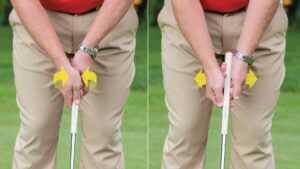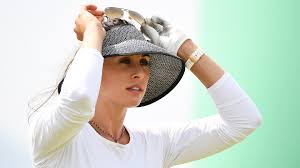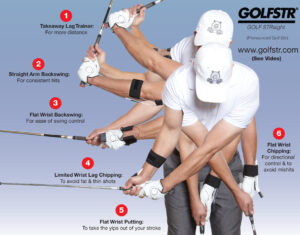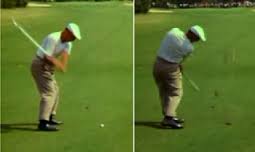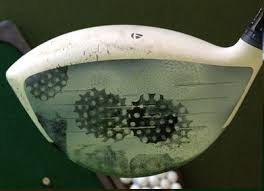How many thoughts can you focus on during the time it takes to make the perfect swing? If you don’t clear your mind with the right preparation you will set yourself up for failure. The problem is that no two shot are the same. Your brain has to be confident that you are prepared to hit the right shot with the right swing.
Mental preparation is the best solution for the perfect execution of each unique shot. Lydia Ko walks through a check list with her caddie before she hits each shot. They plan the goal, determine the conditions and choose the shape of her shot in the preparation for her swing. Subconsciously we all need to go through the same steps to clear our minds and execute each unique 2 second swing.
1/ Before you start your round of golf you need to be in a comfortable state of mind. Slow down your pace and calm your mind. Led Zeppelin is probably not the best music to listen to on your way to the course.
2/ Stretch out your swing muscles and legs and back before you get to the practice tee. Take some moderate swings holding a few irons to get the feel for the whipping action as you release your wrists and move your body into a balance finish.
3/ Hit a variety of shots with different clubs to build confidence that your body has changed modes from sitting and standing and walking to the right swing motion. You need to turn on your “golf switch”.
4/ Sink practice putts from different distances to build confidence in your putting stroke as you swing with sufficient pace to pass the hole by 10 to 18 inches.
Dustin Johnson (BMW Championship and soon to win the FedEx Cup) has a very fast swing which is not ideal for recreational golfers. He also bows his leading wrist at the top of the backswing (not a good idea for Rec. Golfers). He swings from the inside to out for amazing results with a consistent swing and consistent swing thoughts.
5/ Before you select your club for each shot decide on a the right spot to land your next shot. Consider the wind, slope of the hitting & landing surface and depth of the turf to build confidence in each shot.
6/ Jason Day prepares for his shot by squinting his eyes to mentally visualize exactly where his ball will travel. He is building the feel for his shot and clearing his mind to focus only on his shot. His memory is only focused on the success of his shot as he takes his stance and relaxes his shoulders and grip.
7/ Sports psychologist Dr. Gio Valiante says, “The best thought is always somehow related to either a specific target, or visualize the shape of a specific shot to put your mind in ‘the zone’. This of course depends on the particular type of brain the individual has. Some people see targets, some people see shapes.”
8/ You have practiced the swing that allows your ball to draw or fade. Keep your mind in the zone by focusing only on the simple key for your swing. It may be tempo or the amount of shoulder rotation or creating wrist lag for a smooth transition. Valiante says: “Generally speaking anything more than two or three thoughts is too much”.
Practice with GOLFSTR+ to learn the correct position in each swing to get your mind in the zone when you take each shot. Buy one today at www.golfstr.com




